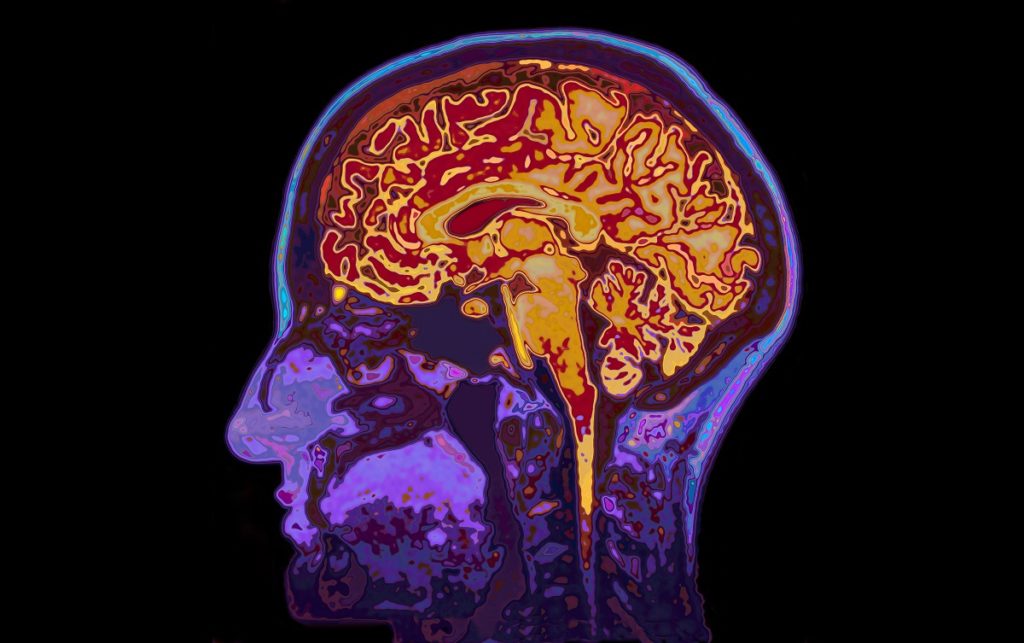Radiology is one of the most important tools in healthcare. For years, doctors have been relying on X-rays, CT scans and MRI scans to determine what ails their patients.
From broken bones to blood clots in the nervous system, radiology has given healthcare that much-needed edge in examining and properly diagnosing the illnesses of patients. Without this technology, the percentage of correctly diagnosing a patient’s illness would still be 50/50.
AI’s entry in radiology
Artificial intelligence (AI) is going to push the technology of radiology in American Fork and other cities in the U.S. further by making the process of diagnosing the illnesses of patients more effective. But some radiologists are anxious about the incorporation of AI in their field because they fear that someday artificial intelligence might replace them.
Experts in AI and healthcare are asking these medical professionals not to jump to conclusions because the truth is AI needs humans more than the other way around. Also, even if technology can make artificial intelligence smart enough to diagnose any patient’s illness, it still needs human guidance in most situations.
The autopilot debate
Experts in both AI and healthcare say that despite the advancement of artificial intelligence in “reading” CT scans, MRI scans and X-rays, it does not necessarily mean that they will soon replace radiologists.
When the discussion revolves around this scenario, some experts bring up the concept of the autopilot in commercial airplanes. They say that technology has made it possible for commercial airplanes to fly on their own, but despite this, there is still no airline that has removed pilots from flying their planes.
The reason behind this is that humans are still better than machines when it comes to figuring out difficult situations. Even if every airplane has an autopilot system, a human pilot is still needed to properly analyze any difficult situation, such as deciding whether to crash land into an ocean or push their aircraft to its limit and try to land it on a flat surface.
The same goes for AI and radiology. Artificial intelligence has come to the point that it can surmise a patient’s illness simply by checking out his MRI scan, CT scan, ultrasound or X-ray chart, but a doctor is still necessary to properly diagnose that patient’s problem.
But the combination of AI and a doctor is the winning combination in radiology and radiologists should learn to adapt to the changing times. Otherwise, they might get left behind.
Radiologists will still lead the way

The incorporation of AI in radiology means that diagnosing the illnesses of a patient will become more precise and therefore, there will be lesser errors. Also, it means AI can do most of the legwork of radiologists, such as evaluating changes in the size of lesions for those with multiple sclerosis, or measuring changes of lung nodules, while the latter can focus more on difficult issues.
But the advancement of AI in radiology should not be a threat for radiologists because the extent of this technology will still be based on the aid of radiologists. So, these medical professionals will still be a necessity in the field of radiology in the years to come.

